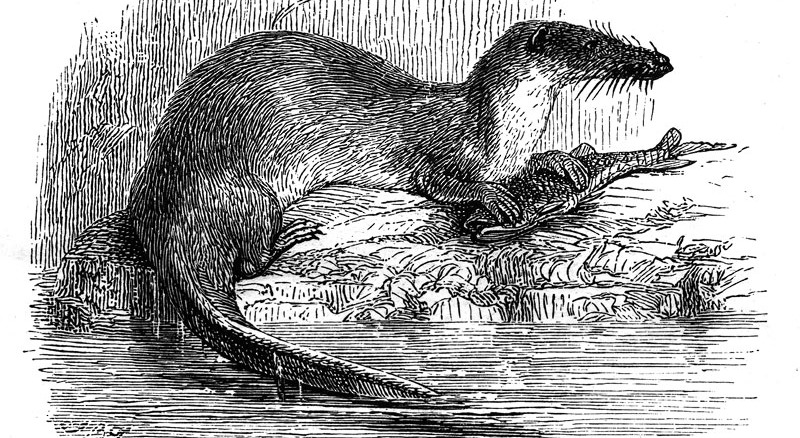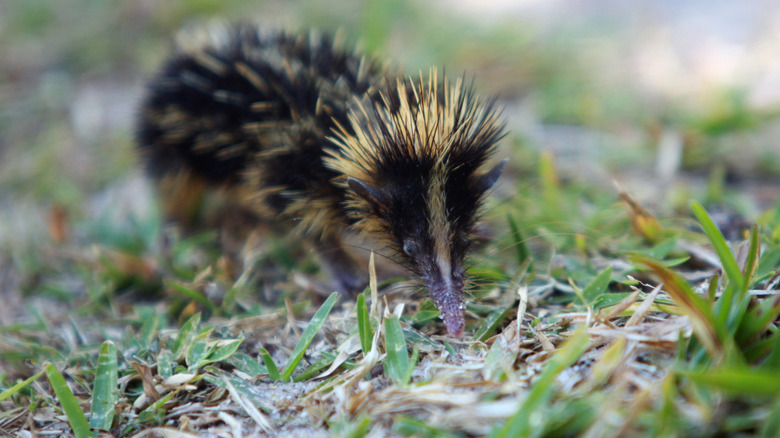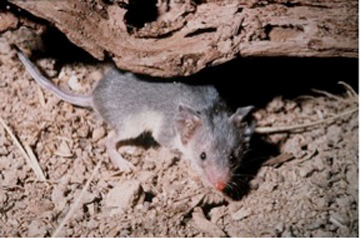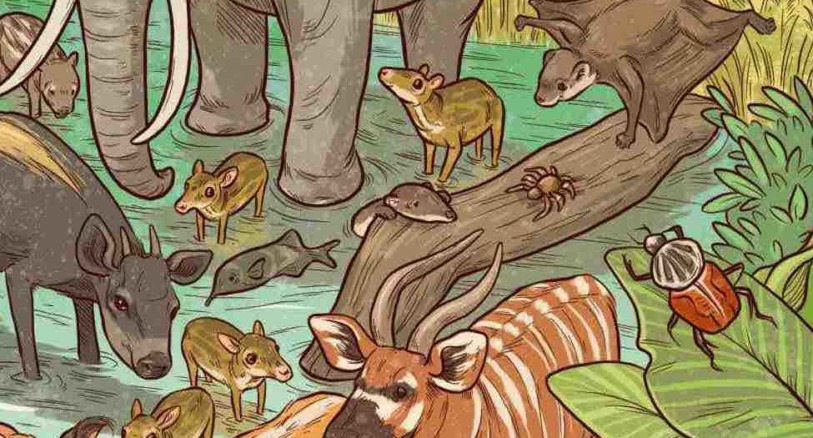In honor of Arctic Sea Ice Day, we bring you a special Mongabay Kids quiz. The creatures discussed today are known mainly to live in glaciers, which is land ice and not sea ice. But we think it is good to celebrate all the amazing creatures that depend on icy homes for their survival.
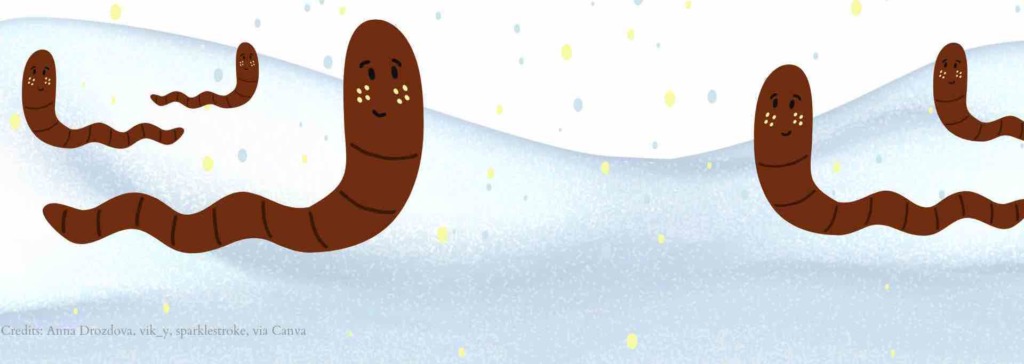
Take the quiz!
1. True or False? Giant worms that are 40 feet long live in the ice of glaciers across western North America. They eat polar bears for breakfast, wolves for lunch, and snowboarders that aren’t paying attention for dinner.
Answer: Partially true! Unfortunately the false parts are probably the parts you want to be true. There are worms that live in the ice of glaciers in western North America. They are called ice worms. Ice worms grow to about 2.5 cm (1 inch) long, not 40 feet long. They eat algae and pollen that collects in the ice. They don’t eat polar bears, wolves, and distracted snowboarders.
2. Why should I care that there are worms that live in glacial ice?
A. Ice is very important for regulating the climate of Earth. It reflects light that hits it and helps cool the planet. As the planet gets warmer due to increased carbon in the atmosphere, this ice melts and part of our planetary cooling system breaks down. And the ice worms lose important habitat.
B. It just may be possible that the little ice worms really do have giant 40 feet long carnivorous cousins that have not been discovered yet (and that maybe could eat you if you are not paying attention while snowboarding).
C. Ice worms have interesting adaptations for living in the ice that may help us understand what life on other planets could be like.
Answer: A and C. The habitat of the ice worms is important for helping keep our global climate livable. Ice worms are one of the few multicellular animals known who live their entire lives in ice. Many animals slow down their production of ATP, the molecules that fuel our cells, when they get cold and they get sluggish. Ice worms increase their ATP production as ice gets colder.
We know that some other planets are covered in very thick ice sheets. Could there be animals living in those ice sheets? Understanding how ice worms survive in freezing temperatures would give us ideas for how life on other planets might survive in similar environments that we know exist on those planets.
Learn about ice worms in this video from Alaska National Park Service:
3. Ice worms stay burrowed down in the ice all the time.
Answer: False. In the summer ice worms burrow up to the surface of the ice before sunset and squiggle around the ice all night eating algae and pollen. At the light of dawn they sink back down into the ice. What they do down there is mostly unknown. Do they dream of eating snowboarders? There are still many ice worm mysteries to solve.
Additional resources about ice worms for parents/educators
https://glaciers.nichols.edu/iceworm/
https://www.alaskacenters.gov/explore/culture/ice-worms
*Mongabay Kids is not responsible for content published on external sites


